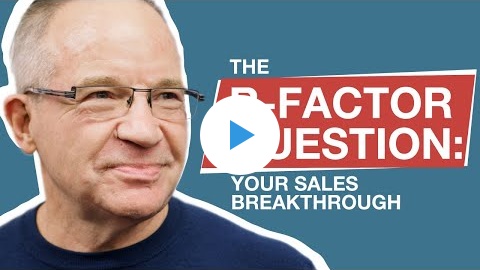Is what you sell expensive?
And if it is so, is that bad? Expensive (and cheap) needs context. In some contexts 200K might be expensive. In some others, it might be a bargain. Just as 2 euros could be expensive, or (feel like) free. It tends to give the impression of “expensive” when it’s easily comparable (and not that different) to other things in that market, and it’s focused mainly on the price. To change that, make your thing different, and focus on what’s the outcome your customer gets. Selling expensive things…
Your Prices for 2026
If you’re considering going into 2026 with an increase of prices, here are a couple of things you might want to consider: Forget inflation It has nothing to do with what you do or how this affects your business. First, it’s not your customer’s responsibility to make you profitable (if at all). Second, is the value of what you do 3% less with the fiscal change of the year? 🙂 Third, everybody does it. Why not ignore it at all and zag, when everybody zigs? Make it a jump, not a step up Just…
It’s 3 years from now…

The Dan Sullivan Question: “It’s 3 years from now, and we’re sitting together again. What has happened for you to be happy?” “The first thing that we buy is a relationship.” PS.- It’s 3 years from back then, when I started writing daily. 🙂
Signals
Decisions and actions send signals to the market. If you don’t state and claim them clearly, your competitors and customers will do it for you.
Copycats
Some replies to yesterday’s message went from taking the hit (because you’re not feeling it), to ignore it, to keep doing your great work, to respond with another attacking move. They all work. What if their move is a copycat of your work? And that they claim it’s theirs? What happens when you set the standard, they follow your standard and now it looks like there’s no different one in the market?
More than a response
What do you do when your competitors make an attacking move? Do you… Hold tight and take the hit? Respond with another hit of the same move? (And eye for an eye) Come up with a move they did not expect?
Decisions are for the future
Making decisions look into the future. All of the data you might have is past data. The more information and data points you have won’t make your decision more certain. They all involve risk. Make small, calculated risk-decisions. That way you won’t need to make a BIG one too radical too fast. Save your energy for those ones.
Your main job
Your main job is to make decisions. And this is like a vacuum, if you don’t make it, someone else is making it for you. Deciding to wait is a decision too.
Paying for results
“I have been in the writing game for over 20 years. I am not just a writer. I am a marketing strategist and conversion rate specialist. I know what it takes to get real results. I have countless money-in-the-bank case studies to prove it. You are paying for results, not just words on a page. ” 👆 Seen on social media Paying for results… Yet nothing is about the customer, or the results they get as a customer. It’s all about me-me-me. Who you are. What you do. What you think you do (great)….
Not how it works
Your way. “This is NOT how it works.” You have to comply with the rules and policies. You can’t find workarounds. Your buyers have no power over the policies, and you have to forfeit your power to their policies too. Else you won’t be chosen. Spoiler: even when complying fully, you might still not be chosen. So, how do you change the outcome? Ideally, you change the rules. When rules can’t change, you can derail them. And when you can’t derail them, find the inside track. Walking away is also…